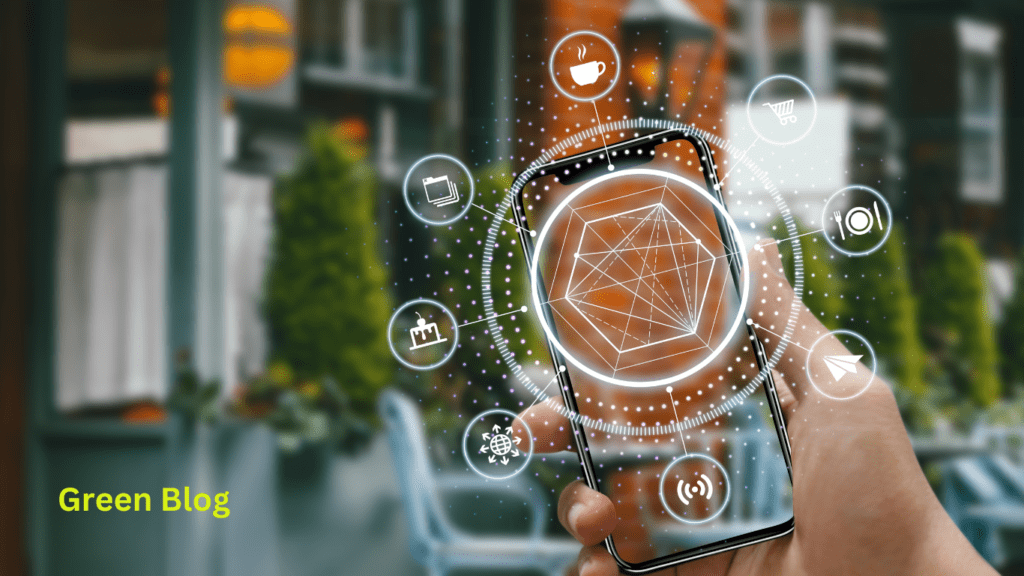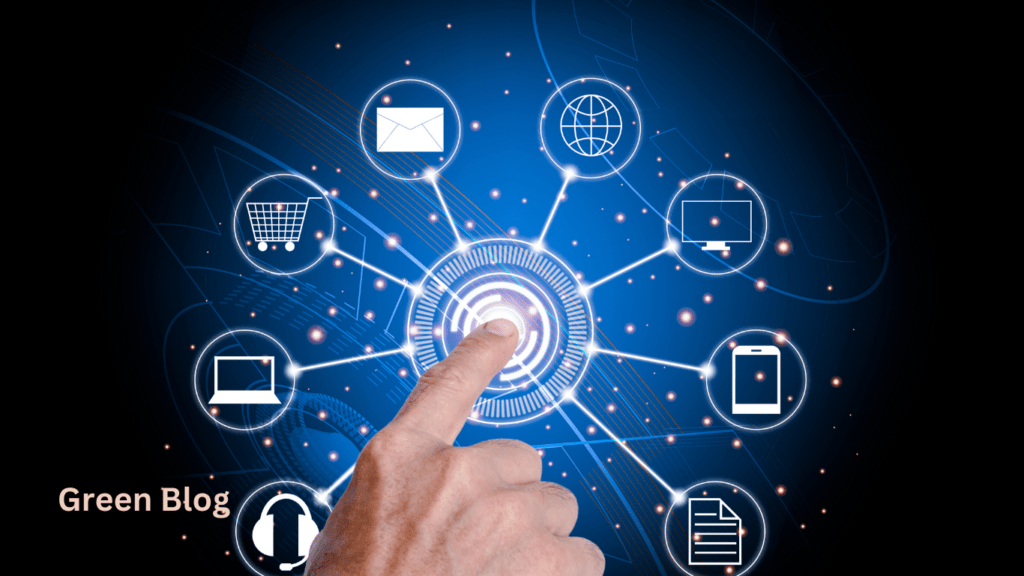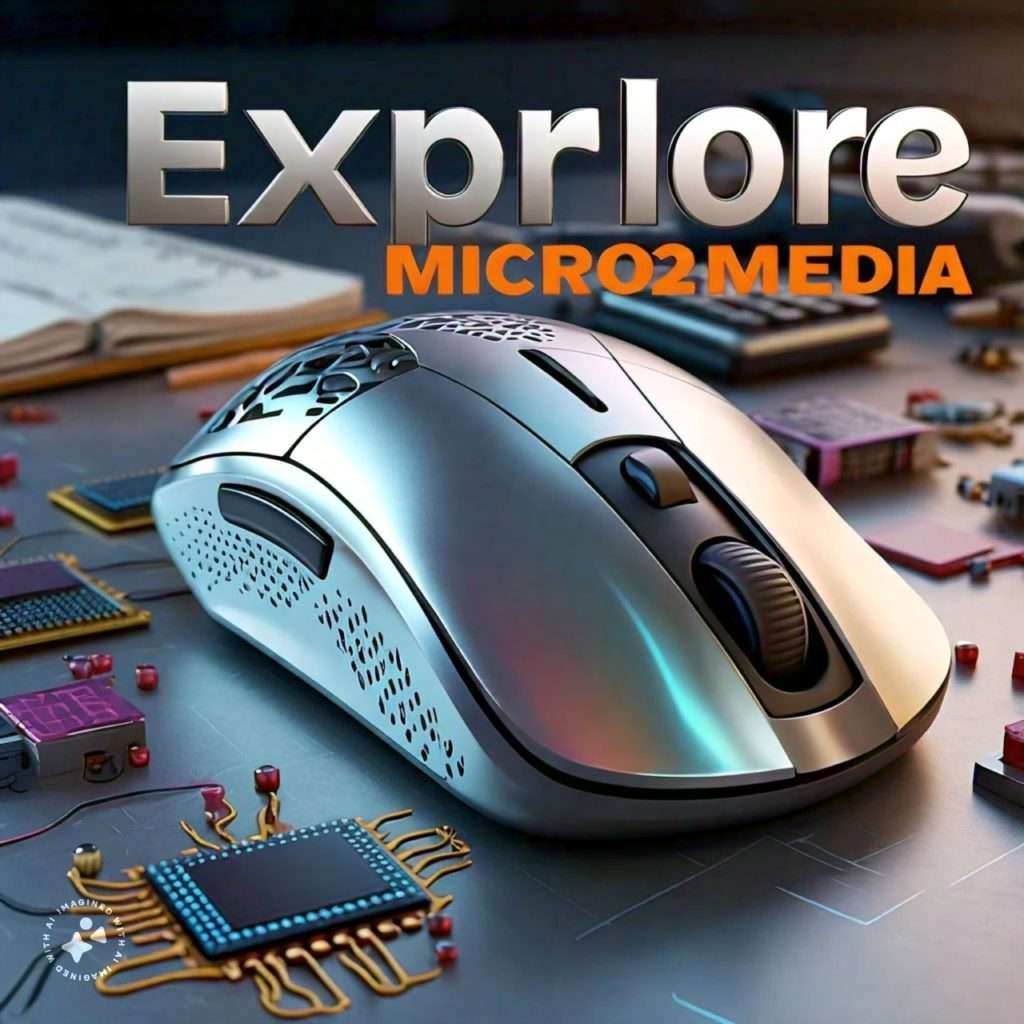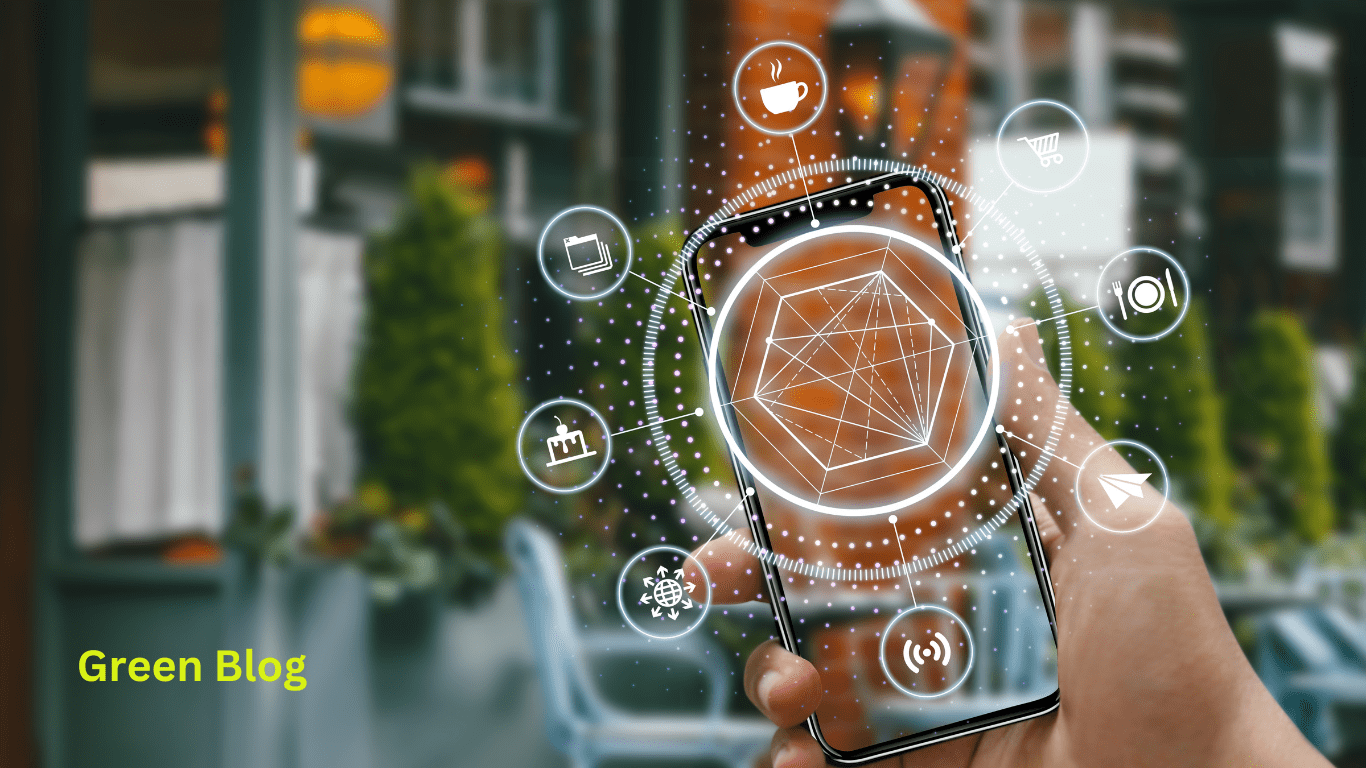Introduction
The world is undergoing a profound transformation, driven by the interplay of technological, business, and societal forces. These drivers of change are reshaping the very fabric of our lives, from how we work and interact to how we live and thrive. The pace and scope of this transformation are unprecedented, with far-reaching implications for individuals, organizations, and society as a whole.
At the heart of this change lies the dynamic interplay between technology, business, and society. Technological advancements, such as automation, artificial intelligence, and digitalization, are revolutionizing the way we live and work. Business models are evolving in response, with the rise of platform capitalism, the gig economy, and the growing importance of intangible assets like data and knowledge. Meanwhile, societal shifts, including demographic changes, environmental concerns, and growing demands for social responsibility, are redefining the context in which businesses operate and individuals live their lives.
The drivers of change are interconnected and interdependent, with each factor influencing and reinforcing the others. Technological innovation fuels business transformation, which in turn drives societal evolution. Similarly, societal shifts create new opportunities and challenges for businesses, which must adapt and innovate to remain relevant. This complex web of relationships means that change is no longer a linear process, but a multifaceted and dynamic phenomenon that requires a deep understanding of the underlying drivers and their interactions.
In this chapter, we will explore the key drivers of change in depth, examining the technological, business, and societal factors that are reshaping our world. We will delve into the implications of automation and artificial intelligence, the rise of digitalization and data analytics, and the growing importance of intangible assets like knowledge and creativity. We will also explore the shifting nature of work and organizations, the growing demands for social responsibility and sustainability, and the evolving role of business in society.
By understanding these drivers of change and their interdependencies, we can better navigate the complex and rapidly evolving landscape of the 21st century. We can harness the opportunities presented by technological innovation, business transformation, and societal evolution to create a brighter future for all – a future marked by greater productivity, sustainability, and human flourishing. In the following pages, we will embark on a journey to explore the drivers of change and their far-reaching implications for our world.
II. Technological Drivers of Change
Technology has long been a driver of change, but the pace and scope of technological innovation have accelerated dramatically in recent years. Advances in fields like artificial intelligence, digitalization, and data analytics are transforming the way we live, work, and interact. These technological drivers of change are having a profound impact on businesses, organizations, and individuals, creating both opportunities and challenges that must be addressed.
A. Automation and Artificial Intelligence (AI)
Automation and AI are revolutionizing the world of work, enabling machines and algorithms to perform tasks that were previously the exclusive domain of humans. This shift has the potential to bring about tremendous productivity gains, as machines can process vast amounts of data, perform repetitive tasks with precision, and learn from experience. However, it also raises significant questions about the future of work and the impact on employment.

The rise of AI and automation is driven by advances in machine learning, natural language processing, and computer vision. These technologies enable machines to learn from data, recognize patterns, and make decisions based on that data. Applications range from chatbots and virtual assistants to self-driving cars and intelligent robots.
The impact of automation and AI on work is multifaceted. On the one hand, they have the potential to:
- Increase productivity: By automating routine and repetitive tasks, businesses can free up human resources for more creative and value-added work.
- Improve efficiency: Machines can process vast amounts of data and perform tasks with precision, reducing errors and improving quality.
- Enhance customer experience: Chatbots and virtual assistants can provide 24/7 customer support, helping businesses respond quickly to customer inquiries and needs.
On the other hand, automation and AI also raise concerns about:
- Job displacement: As machines take over routine and repetitive tasks, there is a risk that jobs will be displaced, particularly in sectors where tasks are easily automatable.
- Skills obsolescence: As machines learn and adapt, there is a need for workers to develop new skills to remain relevant in the changing job market.
- Bias and discrimination: AI systems can perpetuate biases and discrimination if they are trained on biased data or designed with a particular worldview.
B. Digitalization and Data Analytics
Digitalization and data analytics are transforming the way businesses operate and make decisions. The rise of digital technologies has enabled the creation of vast amounts of data, which can be analyzed to gain insights, identify patterns, and make predictions. This has led to the development of new business models, such as data-driven services and platform capitalism.

Digitalization and data analytics have the potential to:
- Improve decision-making: By analyzing data, businesses can gain insights and make informed decisions about strategy, operations, and investments.
- Enhance customer experience: Data analytics can help businesses understand customer behavior and preferences, enabling them to tailor their offerings and improve customer satisfaction.
- Create new business models: Digitalization and data analytics have enabled the rise of new business models, such as platform capitalism and data-driven services.
However, they also raise concerns about:
- Privacy and security: The collection and analysis of vast amounts of data raise significant concerns about privacy and security, particularly in the wake of high-profile data breaches.
- Bias and discrimination: Data analytics can perpetuate biases and discrimination if they are based on biased data or designed with a particular worldview.
- Dependence on technology: Over-reliance on digital technologies and data analytics can lead to a loss of human judgment and critical thinking skills.
In conclusion, technological drivers of change, such as automation and AI, digitalization, and data analytics, are transforming the world of work and business. While they offer tremendous opportunities for productivity gains, efficiency improvements, and innovation, they also raise significant concerns about job displacement, skills obsolescence, bias, and discrimination. As we navigate this complex and rapidly evolving landscape, it is essential to address these challenges and ensure that the benefits of technological innovation are shared by all.
III. Business Drivers of Change
The business landscape is undergoing a significant transformation, driven by shifting market dynamics, evolving customer needs, and innovative technologies. These business drivers of change are forcing organizations to adapt and innovate, creating new opportunities and challenges for leaders and managers.
A. Globalization and International Trade
Globalization and international trade have increased competition and market access, enabling businesses to operate on a global scale. This has led to:
- Increased competition: Businesses must compete with companies from around the world, driving innovation and efficiency.
- New market opportunities: Access to new markets and customers has enabled businesses to expand their reach and grow.
- Cultural and regulatory challenges: Operating in multiple countries requires navigating diverse cultural and regulatory environments.
B. Shift to Service-Based and Knowledge Economies
The global economy is shifting from traditional manufacturing-based economies to service-based and knowledge economies. This shift is driven by:
- Growing demand for intangible assets: Services, knowledge, and expertise are becoming increasingly valuable.
- Rise of the creative and knowledge worker: The importance of creativity, innovation, and knowledge is growing.
- Changing nature of work: Work is becoming more flexible, remote, and project-based.
C. Changing Business Models and Value Chains
Business models and value chains are evolving in response to technological innovation, changing customer needs, and shifting market dynamics. Key trends include:
- Platform capitalism: Companies like Airbnb, Uber, and Amazon are creating platforms that connect buyers and sellers.
- Servitization: Companies are shifting from product-centric to service-centric models, offering solutions and experiences.
- Circular economy: Businesses are adopting sustainable and circular models, reducing waste and promoting reuse and recycling.
D. Growing Importance of Intangible Assets
Intangible assets, such as data, knowledge, and intellectual property, are becoming increasingly valuable. This shift is driven by:
- Growing demand for data-driven insights: Companies are seeking to extract value from data to inform decisions.
- Rise of intellectual property: Patents, trademarks, and copyrights are becoming increasingly important.
- Importance of knowledge and expertise: Companies are recognizing the value of knowledge and expertise in driving innovation and competitiveness.
In conclusion, business drivers of change, such as globalization, the shift to service-based and knowledge economies, changing business models and value chains, and the growing importance of intangible assets, are forcing organizations to adapt and innovate. These changes offer significant opportunities for growth, innovation, and competitiveness, but also raise challenges related to cultural and regulatory differences, changing nature of work, and the need for new skills and expertise. As businesses navigate this complex landscape, they must be agile, flexible, and responsive to changing market dynamics and customer needs.
IV. Societal Drivers of Change
Societal drivers of change are the broader cultural, demographic, and environmental shifts that are transforming the world we live in. These drivers are having a profound impact on businesses, organizations, and individuals, creating new opportunities and challenges that must be addressed.
A. Demographic Shifts and Changing Workforce
The world’s population is undergoing significant demographic shifts, with implications for the workforce and businesses. Key trends include:
- Aging populations: Many countries are experiencing aging populations, leading to changes in workforce demographics and retirement patterns.
- Diversity and inclusion: The workforce is becoming more diverse, with growing numbers of women, minorities, and immigrants.
- Changing workforce dynamics: The gig economy, remote work, and flexible work arrangements are transforming the nature of work.
B. Environmental Sustainability and Social Responsibility
Growing concerns about environmental sustainability and social responsibility are driving businesses to adopt more sustainable and responsible practices. Key trends include:
- Climate change and environmental degradation: Businesses are under pressure to reduce their carbon footprint and address environmental concerns.
- Social responsibility and ethics: Companies are expected to operate ethically and responsibly, with a focus on human rights, labor practices, and community engagement.
- Sustainable development and circular economy: Businesses are adopting sustainable and circular models, reducing waste and promoting reuse and recycling.
C. Changing Nature of Consumption and Consumer Behavior
Consumer behavior and consumption patterns are shifting, driven by changing values, lifestyles, and technologies. Key trends include:
- Experiential consumption: Consumers are prioritizing experiences over material goods.
- Sustainable consumption: Consumers are seeking sustainable and environmentally responsible products and services.
- Digital consumption: Online shopping, digital media, and social commerce are transforming the way we consume goods and services.
D. Growing Importance of Health and Well-being
Health and well-being are becoming increasingly important, driven by growing concerns about mental health, physical health, and work-life balance. Key trends include:
- Mental health and wellness: Businesses are recognizing the importance of mental health and wellness in the workplace.
- Physical health and wellness: Consumers are prioritizing physical health and wellness, driving demand for healthy products and services.
- Work-life balance and flexibility: Employees are seeking greater flexibility and work-life balance, driving changes in workplace policies and practices.
In conclusion, societal drivers of change, such as demographic shifts, environmental sustainability, changing consumption patterns, and growing importance of health and well-being, are transforming the world we live in. These changes offer significant opportunities for businesses, organizations, and individuals to innovate, adapt, and thrive, but also raise challenges related to cultural and regulatory differences, changing workforce dynamics, and the need for new skills and expertise. As we navigate this complex landscape, it is essential to prioritize sustainability, social responsibility, and human well-being.
V. Interdependencies and Complexities
The drivers of change discussed in the previous sections are interconnected and interdependent, creating a complex web of relationships that shape the future of work and organizations. Understanding these interdependencies and complexities is crucial for businesses, organizations, and individuals to navigate the changing landscape and thrive.
A. Technological, Business, and Societal Interdependencies
Technological, business, and societal drivers of change are deeply interconnected. For example:
- Technology drives business innovation: Technological advancements enable businesses to innovate and adapt to changing market conditions.
- Business models drive societal change: Business models and practices have a profound impact on societal trends and cultural norms.
- Societal trends drive technological innovation: Societal trends and cultural norms influence the development and adoption of new technologies.
B. Complex Systems and Unintended Consequences
The interdependencies between drivers of change create complex systems that can have unintended consequences. For example:
- Automation and job displacement: The adoption of automation technologies can lead to job displacement, which can have unintended social and economic consequences.
- Social media and mental health: The widespread adoption of social media can have unintended consequences for mental health and wellbeing.
- Globalization and income inequality: The increasing globalization of trade and commerce can lead to income inequality and social unrest.
C. Feedback Loops and Reinforcing Cycles
The interdependencies between drivers of change can create feedback loops and reinforcing cycles that amplify their impact. For example:
- Technological innovation and investment: Technological innovation can drive investment, which can in turn drive further technological innovation.
- Business model innovation and disruption: Business model innovation can disrupt industries, which can in turn drive further business model innovation.
- Societal trends and cultural norms: Societal trends and cultural norms can reinforce each other, creating a self-reinforcing cycle of change.
D. Emergence and Uncertainty
The interdependencies and complexities of the drivers of change can lead to emergence and uncertainty. Emergence refers to the unexpected and unpredictable consequences of complex systems, while uncertainty refers to the limits of our knowledge and understanding. For example:
- Emergence of new industries: The interplay between technological, business, and societal drivers of change can lead to the emergence of new industries and business models.
- Uncertainty of technological impact: The impact of technological innovation on society and the economy is uncertain and can have unintended consequences.
In conclusion, the interdependencies and complexities of the drivers of change create a complex web of relationships that shape the future of work and organizations. Understanding these interdependencies and complexities is crucial for businesses, organizations, and individuals to navigate the changing landscape and thrive. By recognizing the interconnectedness of technological, business, and societal drivers of change, we can better anticipate and prepare for the challenges and opportunities that lie ahead.
VI. Conclusion
In conclusion, the drivers of change are transforming the world of work and organizations at an unprecedented pace. Technological, business, and societal factors are interdependent and interconnected, creating a complex web of relationships that shape the future of work and organizations.
The implications of these drivers of change are far-reaching and profound. They require businesses, organizations, and individuals to adapt and innovate in response to changing market conditions, technological advancements, and shifting societal trends.
To thrive in this changing landscape, it is essential to:
- Embrace lifelong learning: Develop new skills and expertise to stay relevant in a rapidly changing job market.
- Foster a culture of innovation: Encourage experimentation, risk-taking, and creativity to drive business model innovation and technological innovation.
- Prioritize sustainability and social responsibility: Address environmental and social concerns to ensure a sustainable future.
- Navigate complex systems and interdependencies: Understand the interconnectedness of drivers of change and their impact on the future of work and organizations.
Ultimately, the drivers of change offer significant opportunities for growth, innovation, and progress. By understanding and responding to these drivers, we can create a brighter future for all.
Recommendations
Based on the analysis of the drivers of change, the following recommendations are made:
- Businesses: Invest in technological innovation, prioritize sustainability and social responsibility, and foster a culture of innovation.
- Organizations: Develop new business models, prioritize employee development and well-being, and navigate complex systems and interdependencies.
- Individuals: Embrace lifelong learning, develop new skills and expertise, and prioritize sustainability and social responsibility.
More Reading
- Information Technology (IT)
- Digital Transformation
- Artificial Intelligence (AI)
- Internet of Things (IoT)
- Cloud Computing
- Cybersecurity
- Data Analytics
- Blockchain
- Virtual Reality (VR)
- Augmented Reality (AR)
- 5G Networks
- Edge Computing
- Digital Divide
- IT Ethics
- Sustainability
- Innovation
- Disruption
- Globalization
- E-commerce
- Digital Economy
Explore Micro2media

Navigating the Evolving Landscape: Top Business IT Trends in 2024
Revolutionizing Agriculture: The Impact of Robotics in Harvesting and Cultivation
Revolutionizing Oncology: How AI is Transforming Cancer Treatment
A Landmark Achievement: Engineering Artificial Cells that Mimic Life
The Digital Dialysis Revolution: Leveraging IT for Kidney Health
